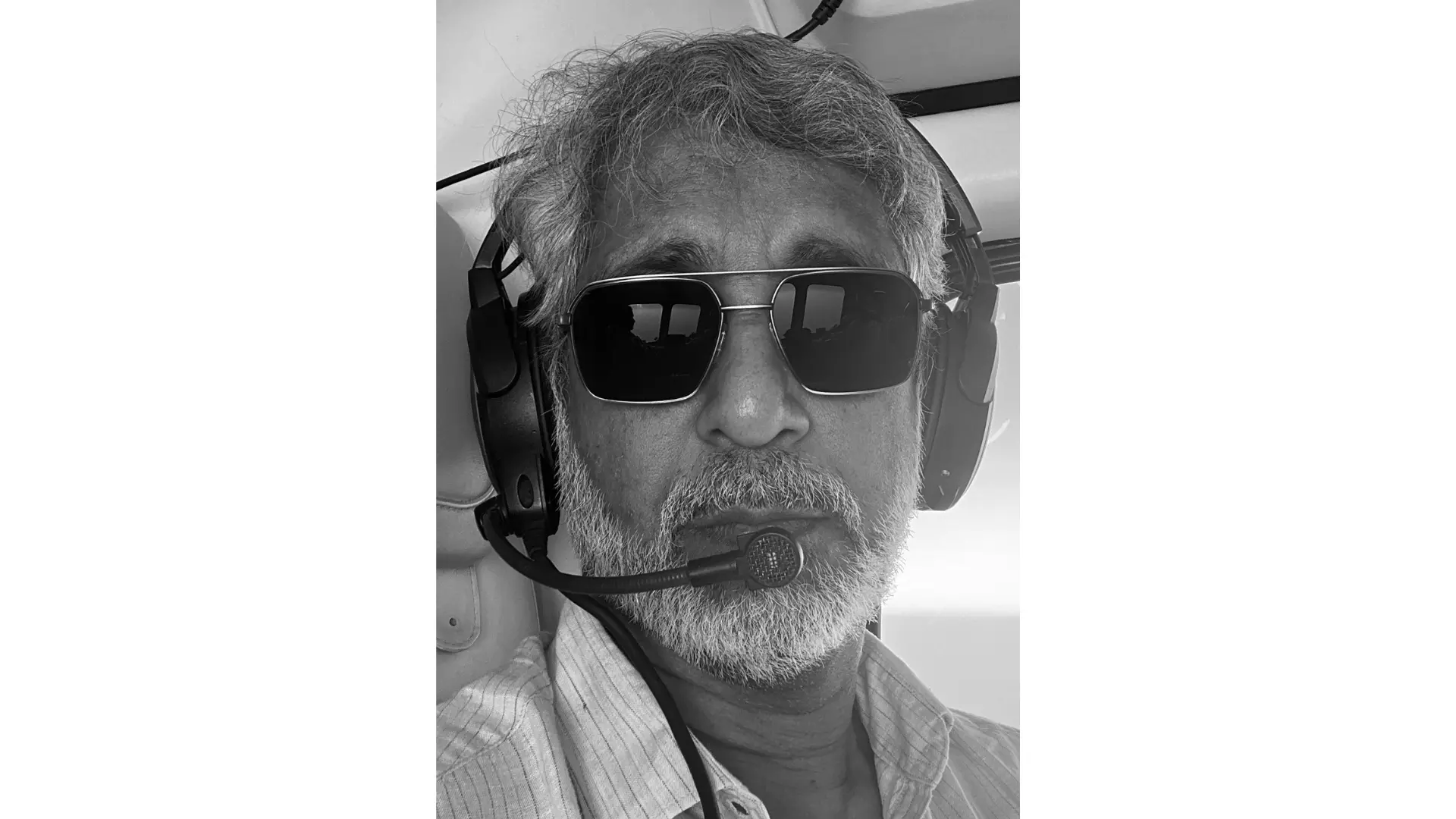Lack of central command poses threat to Kawal reserve
The Kawal Tiger Reserve is one of the largest tiger reserves in India. It is also one with the fewest number of tigers

HYDERABAD: Absence of a centralised command that controls all aspects of the Kawal Tiger Reserve in Telangana, that extends over 2,015 sq km, has not only led to a plethora of proposals for roads through the reserve, but also poses a great challenge in the days to come when an expected surge in tigers moving south from the tiger reserves in Maharashtra make their way to Telangana.
The Kawal Tiger Reserve was formed primarily to act as a sink for increasing tigers in Maharashtra, which at present, is reported to have more than 100 cubs in its reserves. As these cubs grow up, they will begin seeking their own territories. All the tigers currently in northern Telangana districts are the ones that came from Maharashtra, with some of them settling down in Telangana and giving birth to cubs of their own.
The Kawal Tiger Reserve is one of the largest tiger reserves in India. It is also one with the fewest number of tigers, and the only one without a unified command and control over the vast forest area that comprises the reserve and is spread over Adilabad, Nirmal, Mancherial, and Komaram Bheem-Asifabad districts.
Though KTR does have a Field Director, at least on paper, this official’s direct jurisdiction covers just about half of the reserve that falls in Adilabad and Mancherial districts. The rest of the reserve is under the command and control of district level forest officials in the other two districts. Incidentally, forests in Asifabad district where influx of tigers from Mahrashtra takes place, is under the control of Adilabad territorial circle, which is not controlled by KTR’s Field Director. While senior officials of the Telangana state forest department maintain that this does not pose any problem in terms of management of the reserve, sources say that this fragmented approach was forced upon the reserve as back as in 2015 with some political leaders stepping in to prevent formation of a unified command for the reserve.
Despite the forest department maintaining that this dividing of control over tiger reserve into different geographical units has had no impact on the reserve’s management, sources say that this has led to uncontrolled ‘development’ works, and proposals to lay roads through the reserve that will fragment the habitat.
“Every road is a hurdle for animals to cross. And there are proposals for 24 road stretches that are coming up for discussion at a mandatory meeting of the State Wildlife Board seeking approvals for these projects. Many of these fall in the tiger reserve,” a source said.” Though the proposals include underpasses for wildlife to cross the roads, there is no evidence of any thorough study to actually identify the points where such underpasses need to be placed, according to sources.
Multizonal system might lead to further mess
It was on June 10, 2015, that the state government issued orders bringing the 2015.44 sq. km under the single jurisdiction of the reserve’s field director, saying that it had become ‘essential’ to reorganise the jurisdiction of the reserve “in such a way that the entire area of of Kawal Tiger Reserve consisting of core and buffer area, is brought under the administrative control of the field director, project tiger (FDPT), Kawal.”
However, in just about four months, on October 23 the same year, the state government issued fresh orders ‘in suppression’ of its June 10 orders, which effectively cut the Kawal FDPT’s control over the reserve. This decision was taken following objections from some officials over their postings and transfers in the reserve under a new district based jurisdictional system that the forest department put in place.
The real problem, according to a source well versed with the challenges of not having a unified command, will arise soon with the multizonal system that governs transfers and postings in the state. “There will be a mess when the issue of transfers comes to the fore,” the source said, adding that this would make the tiger reserve’s overall management even more challenging.
Kawal villagers cry foul as reserve deprives them of benefits
Nine years after the Kawal Tiger Reserve was established in what was then a unified Adilabad district, there appears to be a change in the mood of people in and around the villages around the tiger reserve that could bode ill for the reserve. Kawal is the second one in Telangana after Amrabad Tiger Reserve spread over Nagarkurnool and Nalgonda districts.
Sources said there was an increasing mood of despondency that employment or income generation from the reserve under wildlife tourism did not materialise despite Kawal Tiger Reserve existing since 2012. The tiger reserve, according to Chandravas, sarpanch of Gangapur village, had prevented development of villages inside the reserve. “We cannot lay roads, or take up any activity even inside the villages without getting a lot of clearances. If a village happens to be inside the core area of the reserve, then it is impossible to get anything done. If it is in the buffer area, then at least the gram panchayats can do something about things such as laying of roads,” he said.
“If we cannot have any income from the reserve, and if it also prevents us from improving lives in the villages, then what good is the tiger reserve for the people?” he asked.
Sources explained that after Kawal Tiger Reserve was established, there were hopes among villages in and around the reserve that the move would lead to tourism on the lines that is practiced in neighbouring Maharashtra’s Tadoba Andhari Tiger Reserve, or Tipeshwar Wildlife Sanctuary, the latter barely a few kilometres away from the Telangana border. Wildlife tourism in Maharashtra is a money spinner for both the state and for people living near the tiger reserves as they benefit from direct and indirect employment.

